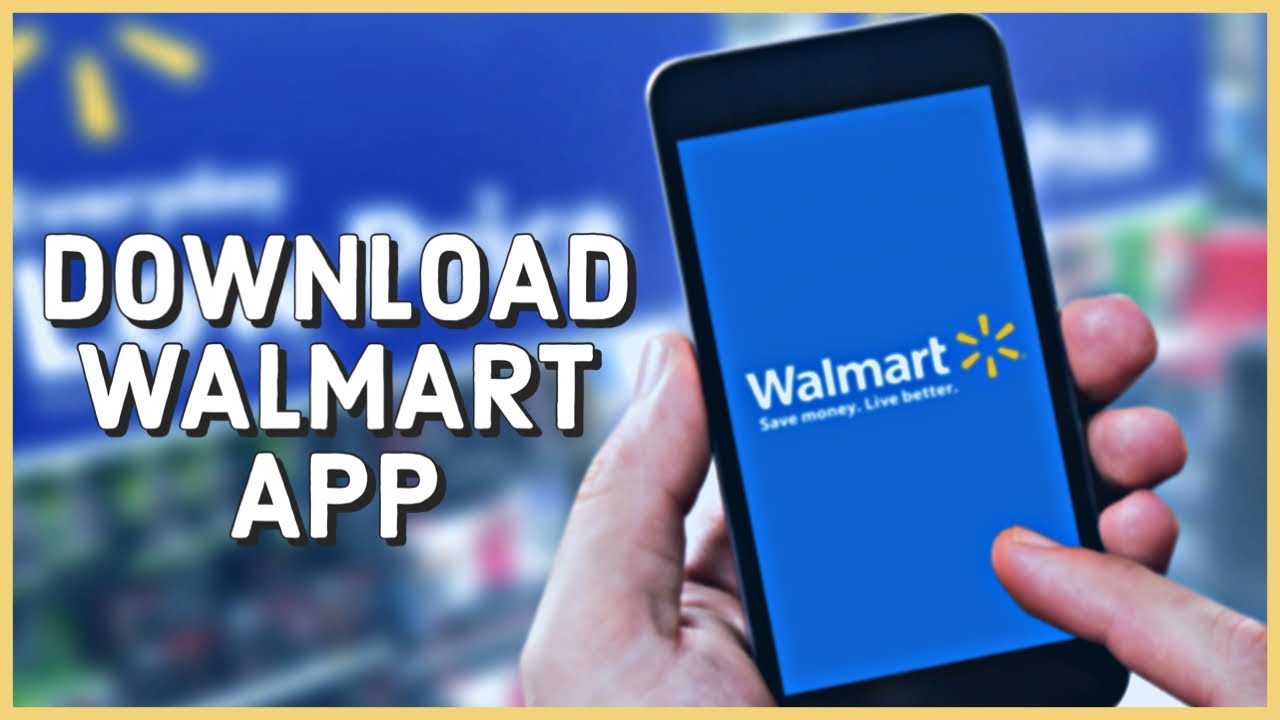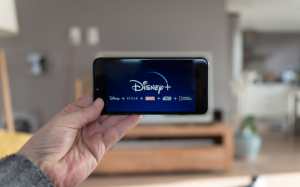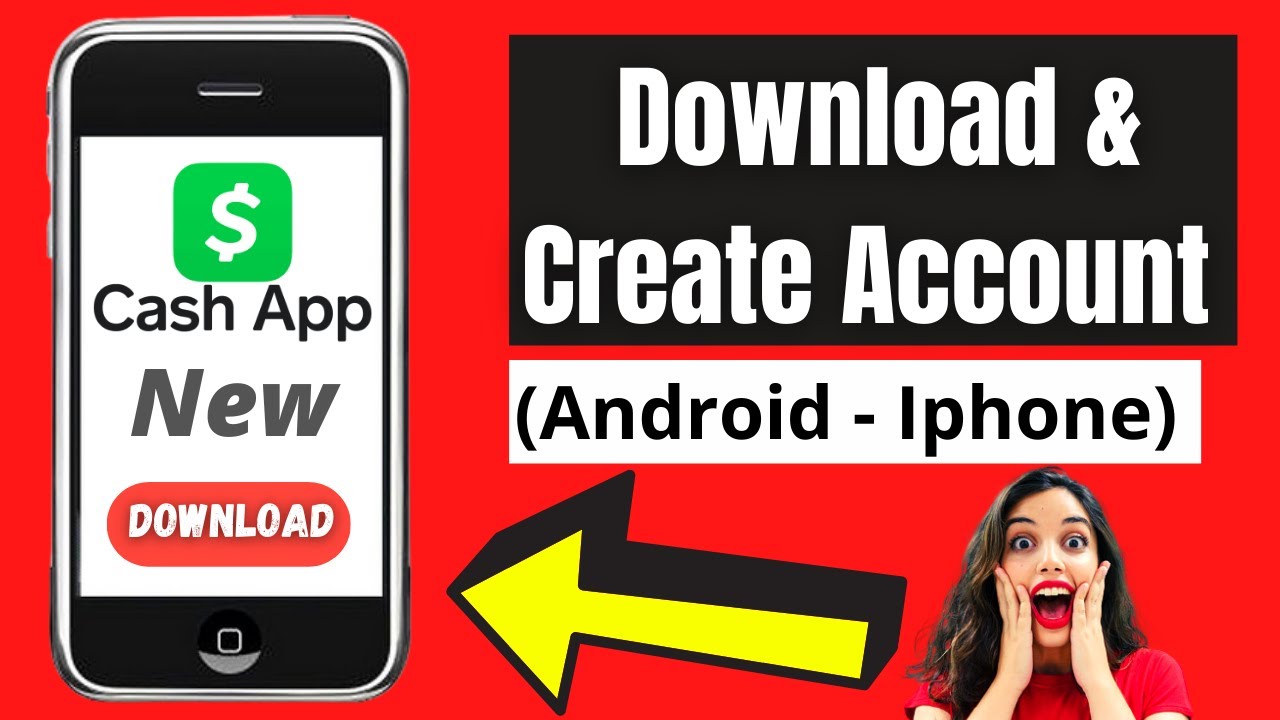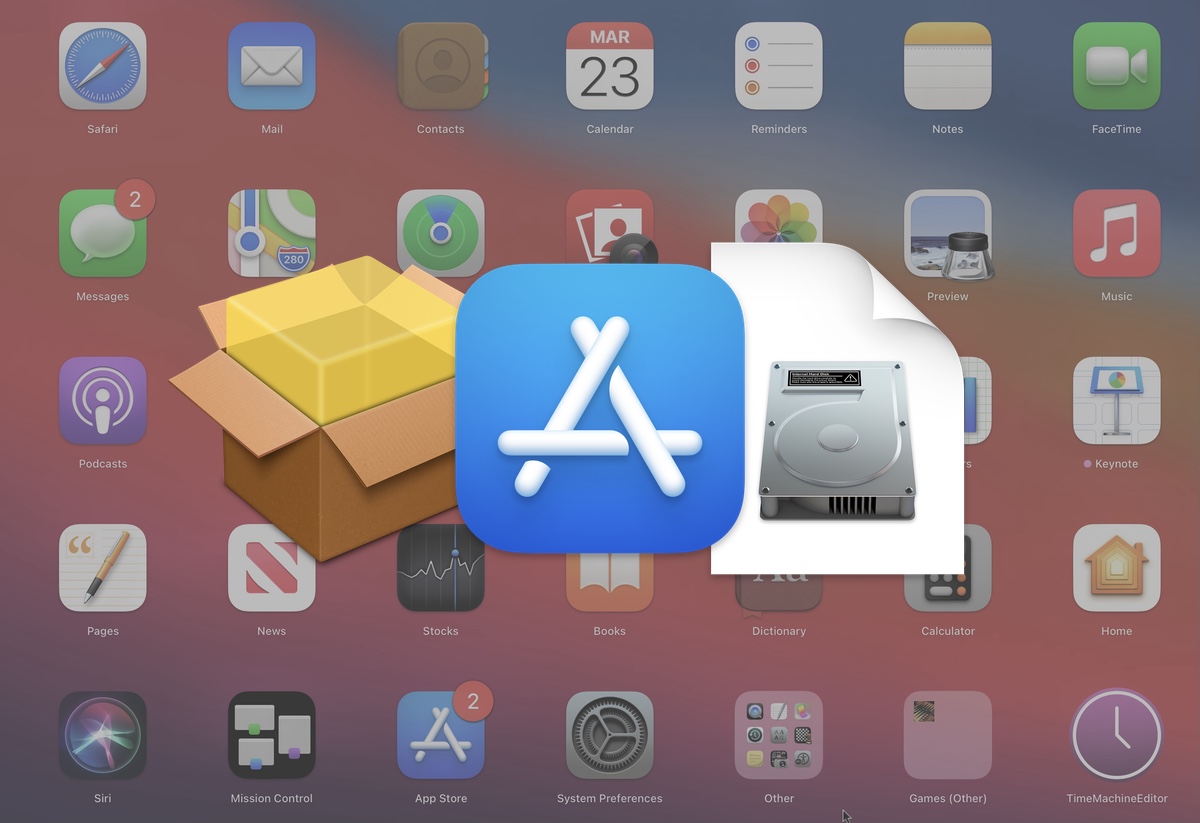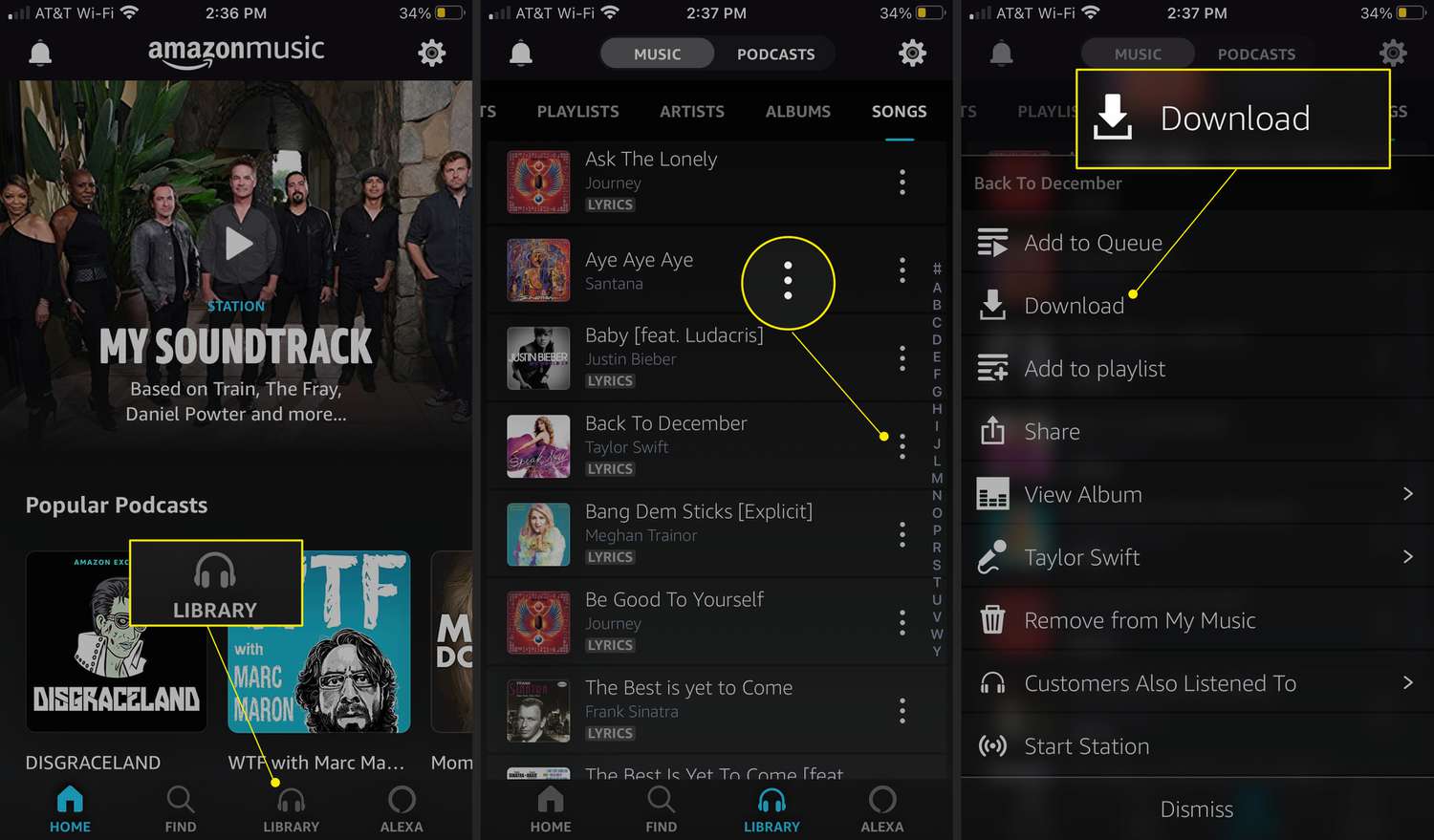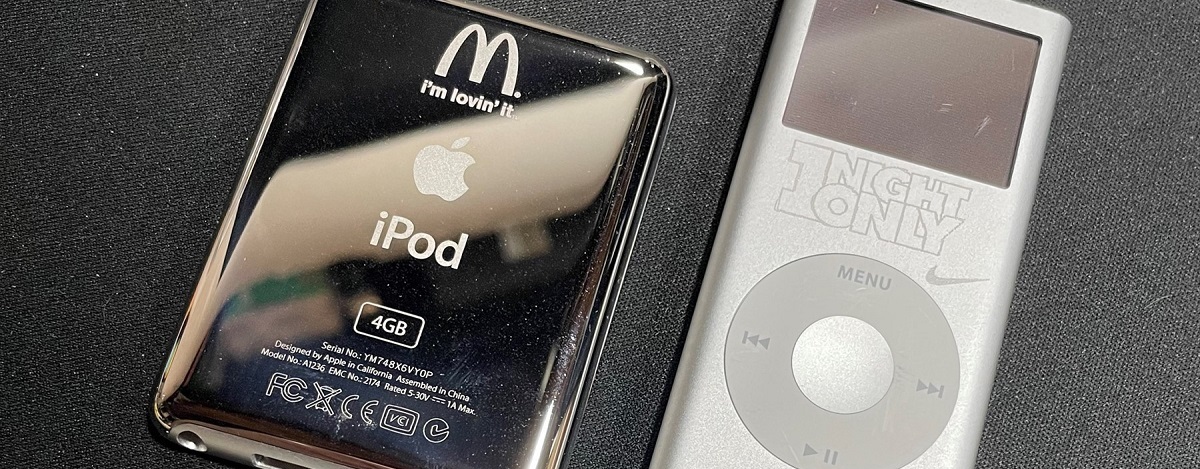Introduction
Icons are essential elements in web design and graphic design. They help to enhance the visual appeal and provide clear communication to users. Whether you are designing a website, an app, or creating content for social media, using high-quality icons can elevate your design to the next level.
In this article, we will explore the process of downloading icons, from finding the right ones to customizing and downloading them for your projects. Whether you are a web designer, developer, or simply someone looking to spice up their visual content, this guide will provide you with the necessary steps to find and download icons that suit your needs.
With countless resources available on the internet, finding the perfect icons can sometimes be a daunting task. However, with the right techniques and knowledge, you can streamline the process and find the icons that perfectly match your design vision. We will discuss various methods to help you find the icons you need, including popular icon websites, icon packs, and even creating your custom icons.
Once you have found your desired icons, the next step is to choose the appropriate ones for your project and customize them to fit your design aesthetic. We will delve into the importance of icon consistency, color schemes, and the art of icon customization to make them seamlessly integrate into your design. Customizing icons allows you to add a personal touch and ensure they align with the branding and style of your website or app.
Finally, we will cover the process of downloading icons. We will guide you through the various file formats available, including SVG, PNG, and icon font files, and explain when and how to use each one. Additionally, we will provide tips and best practices for organizing and managing your downloaded icons efficiently.
By the end of this article, you will have a comprehensive understanding of how to find, choose, customize, and download icons effectively. Let’s dive in and explore the world of icons!
Finding Icons
When it comes to finding icons for your projects, there are several reliable resources available online. Here are some effective methods to help you discover the perfect icons:
- Icon Marketplaces: Websites like IconFinder, Flaticon, and IconArchive offer a vast collection of icons created by talented designers from around the world. These marketplaces allow you to search for specific icons based on keywords, categories, and styles, making it easier to find icons that align with your design vision. Most marketplaces offer both free and premium icon sets, giving you flexibility in your project budget.
- Icon Packs: Icon packs are curated collections of icons with a similar style or theme. These packs are often available for free or at a minimal cost. Websites like Material Design Icons and FontAwesome provide popular and extensively used icon packs that are compatible with multiple design platforms. Using pre-made icon packs can save you time and ensure consistency in your design.
- Custom Icons: Sometimes, finding the exact icon you need can be challenging. In such cases, you can consider creating your own custom icons. You can either design them from scratch using vector graphics software like Adobe Illustrator or use online icon generators like IconMoon or IcoFever. Custom icons give you full control over the design and allow you to create unique and tailored visuals for your projects.
When searching for icons, it is important to consider the licensing terms. Some icons may be available for personal use only, while others may require attribution or have limitations on commercial usage. Make sure to read and understand the licensing agreements before using any icons in your projects to avoid any legal issues.
Another tip is to browse through design inspiration websites, blogs, and social media platforms that showcase creative designs. Often, designers mention the icons they used in their projects, providing you with a direct reference to the source. Additionally, joining design communities and forums can connect you with fellow designers who can recommend reliable sources and share their icon resources.
By exploring these various resources and approaches, you can find a wide range of icons to suit your specific design requirements. Remember to experiment and mix different styles and icon sets to create visually engaging and unique designs.
Choosing and Customizing Icons
Once you have found potential icons for your project, the next step is to choose the ones that best fit your design aesthetic. Here are some factors to consider when selecting icons:
- Consistency: It is important to maintain consistency throughout your design by choosing icons that have a similar style and visual language. Using icons from the same set or with a cohesive design will create a harmonious and professional look.
- Relevance: Ensure that the icons you choose are relevant to the content or functionality they represent. A clear and intuitive connection between icons and their meaning helps users understand and navigate your interface effortlessly.
- Simplicity: Opt for icons with a simple and clean design. Overly complex or detailed icons can be confusing and may not scale well across different devices and resolutions.
- Customization: Sometimes, you may need to customize icons to better suit your design requirements. Most icon editing software allows you to modify the colors, size, and shape of icons. Customizing icons ensures that they blend seamlessly with your overall design concept.
When customizing icons, consider the following techniques:
- Color Scheme: Adjusting the colors of icons to match your website or app’s color scheme can create a more cohesive and visually pleasing experience. Stick to a consistent color palette to maintain brand identity.
- Size and Proportions: Icons should be appropriately sized to ensure clarity and legibility. Make sure they are not too small or too large in relation to other elements on the page. Keeping the proportions consistent across the icon set will also enhance visual harmony.
- Add or Remove Details: Depending on your design needs, you may want to add or remove certain details from icons. Simplifying or adding elements can help tailor the icons to better suit your content or create a unique visual style.
It’s important to strike a balance between customization and retaining the core meaning of the icon. While customization allows for personalization, it’s crucial to ensure that the icon remains recognizable and retains its intended purpose.
Take some time to experiment with various customization options and test how the icons fit within your design. Remember to consider the overall user experience and how the icons contribute to the usability of your interface.
By carefully selecting and customizing icons, you can create a visually appealing and cohesive design that enhances the user experience and effectively conveys information to your audience.
Downloading Icons
Once you have chosen and customized the icons for your project, it’s time to download them. Here are some important considerations when it comes to downloading icons:
- File Formats: Icons can be available in various file formats, such as SVG (Scalable Vector Graphics), PNG (Portable Network Graphics), or icon font files (e.g., .woff, .ttf). Each format has its advantages and use cases. SVG icons are resolution-independent and can scale perfectly without losing quality, making them ideal for responsive designs. PNG icons are commonly used for static graphics, while icon font files are useful for integrating icons into your website using CSS.
- File Size: Pay attention to the file size of the downloaded icons, especially if you intend to use them on a website or app. Large file sizes can impact your page load speed, leading to a negative user experience. Optimize the file size without compromising the quality to ensure faster loading times.
- Source and Attribution: Some icon resources may require attribution or provide specific instructions on how to credit the designer. Make sure to comply with any requirements or guidelines provided by the icon creators to respect their work and intellectual property.
- Organizing and Managing: As your collection of downloaded icons grows, it’s important to establish a system for organizing and managing them efficiently. Create proper folders or categories to avoid clutter and make it easier to locate specific icons when needed. Consider using file naming conventions or utilizing specialized icon management tools to streamline the process.
Once you have downloaded the icons, confirm that the files are intact and not corrupted. Additionally, if you are downloading icons from multiple sources, it’s a good practice to scan the files with antivirus software to ensure they are free from any potential threats.
As you incorporate the icons into your projects, test them across different devices and screen resolutions to ensure they maintain their visual quality and clarity. Making any necessary adjustments or resizing the icons before final implementation can help deliver a consistent user experience.
Remember, downloading icons is just one part of the process. It’s equally important to stay updated with the latest design trends and periodically revisit your icon choices to keep your designs fresh and relevant.
By considering the appropriate file formats, optimizing file size, organizing your collection, and ensuring the quality of the downloaded icons, you will be well-equipped to effectively integrate them into your designs.
Conclusion
Icons play a vital role in web design and graphic design, providing visual cues and enhancing user experiences. In this article, we explored the process of finding, choosing, customizing, and downloading icons for your projects.
When searching for icons, utilize various resources such as icon marketplaces, icon packs, and custom icon creation. By exploring different avenues, you can discover a wide range of icons that align with your design vision and project requirements.
When it comes to selecting icons, prioritize consistency, relevance, simplicity, and customization. Choosing icons that match your design style and effectively communicate their meaning will elevate the overall aesthetic of your projects.
Customizing icons allows you to tailor them to your specific needs, whether it’s adjusting the color scheme, size, proportions, or adding/removing details. Remember to strike a balance between customization and maintaining the core meaning of the icons.
Once you have chosen and customized your icons, download them in the appropriate file formats and optimize file sizes to ensure optimal performance. Implement a system for organizing and managing your icon collection to streamline future projects.
In conclusion, icons serve as powerful visual elements that can enhance the user experience and add a touch of personality to your designs. By following the steps outlined in this article, you will be able to find, choose, customize, and download icons that perfectly align with your vision and create captivating visual experiences for your audience.








